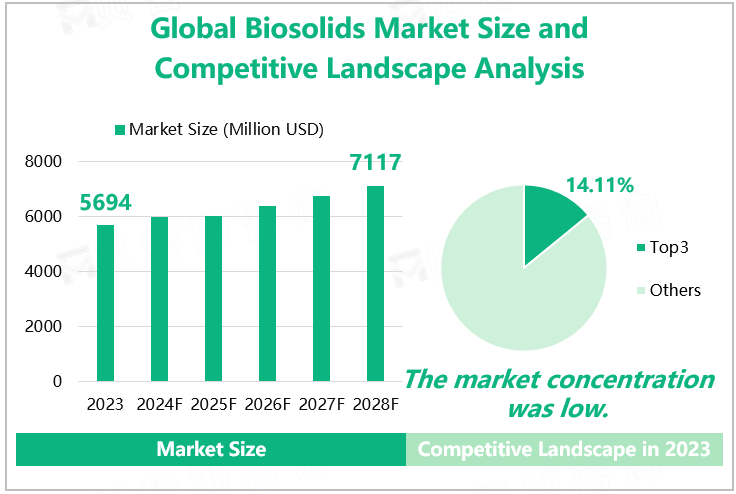Biosolids, also known as sludge, usually refer to solid substances produced during wastewater treatment. These substances are mainly composed of organic matter, microorganisms, inorganic substances, etc., and are by-products of the wastewater treatment process.The treatment and utilization of biosolids are of great significance for environmental protection and resource recovery.
When dealing with biosolids, it is necessary to consider their impact on the environment and human health. Therefore, a reasonable handling and utilization method is crucial. For example, treatment and utilization can be achieved through anaerobic digestion, aerobic digestion, composting, land use, and other methods to achieve the dual goals of resource recovery and environmental protection.
Introduction to Subdivision Types
|
Primary Sludge |
The sludge generated in the primary treatment stage of sewage treatment plants is mainly composed of larger suspended solids and sediments. |
|
Activated Sludge |
The sludge generated during the biological treatment stage of sewage treatment plants is mainly composed of microbial communities and has strong biological activity. |
|
Digested Sludge |
After anaerobic digestion treatment, the stability and dewatering performance of the sludge have been improved. |
|
Dewatered Sludge |
After dehydration treatment, the moisture content of the sludge is greatly reduced, making it easy to transport and dispose of. |
Source: www.globalmarketmonitor.com
Overview of Market Development and Analysis of Competitive Landscape
The global biosolids market is a complex system involving multiple fields and industries such as agriculture, energy, and environmental protection. In recent years, driven by environmental policies, increasing demand for renewable energy, and the resource utilization of agricultural production waste, the biosolids market has shown a rapid growth trend. According to our research data, the global biosolids market size reached $5694 million in 2023, an increase of 5.72% compared to 2022. In the coming years, the market is expected to make breakthroughs in multiple aspects such as technological innovation, policy support, and market demand, which will further expand the market. It is expected that the global biosolids market size will increase to $7117 million by 2028.
From the perspective of market competition, the concentration of the global biosolids market is low. According to our data, the total output value of biosolids by the top 3 companies in the industry in 2023 was $803 million, with a total share of only 14.11%. The top three companies were Veolia Environment S.A., Suez S.A., and Thames Water, with their biosolid production values respectively accounting for 5.89%, 5.20%, and 3.02% of the global market in 2023.

We provide more professional and intelligent market reports to complement your business decisions.